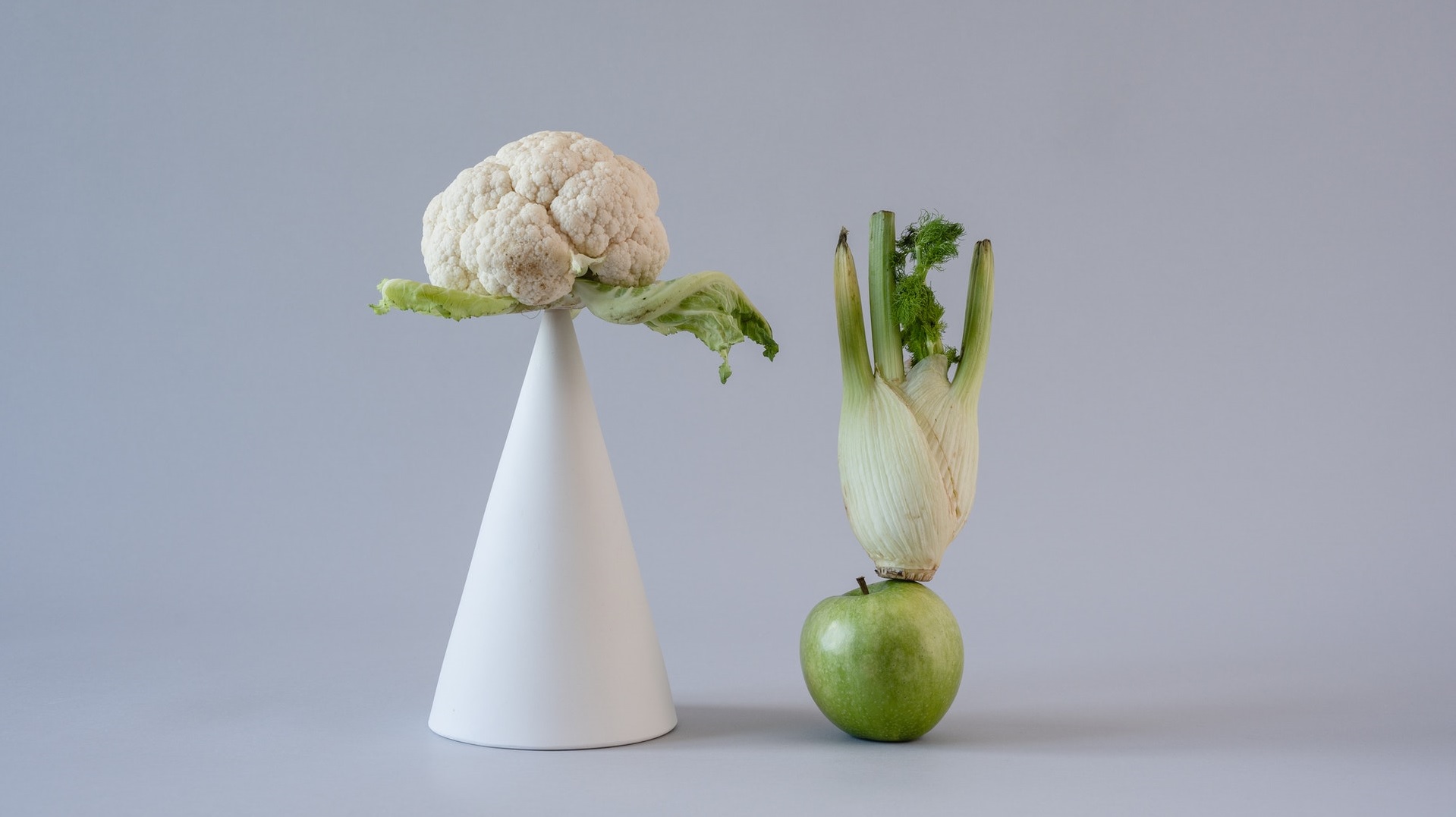The ecommerce term Conversion funnel describes the various stages of a buyer’s journey that leads to a purchase. The funnel metaphor shows the gradual decrease in potential customers as they move along the conversion path.
The Conversion Funnel can be divided into three sections: “upper funnel”, middle funnel, and lower funnel. This helps determine the best marketing strategies to increase conversions. You may also hear the terms “top of funnel” or “bottom of funnel”, which refer to the same thing at both the “upper funnel and the “lower funnel.” These terms refer to the degree of knowledge a potential customer has about a product, and how close they are to buying it.
- “Top of the Funnel”, or “Upper Funnel”.
The user is still learning about the product and may not be able to determine its technical specifications. They may spend some time researching different brands and trying to figure out which brand is best for them. - “Middle of the Funnel”, or “Middle Funnel”,
These users are well-informed about the most famous brands and may have signed up to email campaigns to get information about these brands. They are set up with expectations and will ignore brands that do not meet their needs. - “Bottom of the Funnel”, or “Lower Funnel”.
Now that users have decided on their favourite brands, they can start looking for customer reviews and information to help them decide what they will receive when they buy from them. This stage of the conversion process will see you using remarketing and long tail keyword optimization.
Conversion funnel levels
The model of your Conversion Funnel depends on what type of business you run. However, it typically breaks down into four levels: “awareness”, ‘interest’, ‘desire” and /a>. A conversion funnel’s purpose is to increase the number of people who go through each stage, and finally complete the final step or take the desired action. Each stage of the funnel serves a purpose. For example, it may be used to draw new customers or build interest in your products. However, the ultimate goal is to get them to the final conversion stage.
- Awareness. Your first step in your funnel is to draw visitors in. This can be done by increasing awareness about your products and business. You can make informed decisions about which tactics to use by identifying the top sources of quality traffic. Ecommerce businesses rely heavily on targeted traffic from advertising and social media.
- Interest. After you have started driving traffic to your site, the next step is to create interest in your products or services. This stage is where engaging content, compelling offers, and visually striking designs will be extremely useful. It is important to take steps to verify that your baiting strategies are working. You can gauge interest by asking prospects to sign up for your newsletter in return for a discount or no shipping.
- Desire. Next, build trust and desire. Help your prospects learn about your brand. This stage is where qualified leads are found and must be nurtured in order to progress down the funnel. Email workflow campaigns are an effective way to keep prospects interested and returning to your site.
- Action. This is the final and most important stage of the funnel. Your leads have been moving through the funnel, taking small actions such as signing up to your newsletter or downloading your eBook. These are commonly called micro conversions. Your ultimate goal is to convince your leads to make a purchase and convert. It is a sign that your lead nurturing strategies are not working.
You will notice that only a very small number of visitors who land on your site actually reach the final level when you create a conversion funnel. Even small improvements can make a big difference in your bottom line. You must understand the behavior of your customers and find the “leaks” in your funnel at each stage to optimize it.
Get in touch with us and learn how to optimze your conversion funnel. Follow us on the IKANGAI blog app.
The Secrets of Power Words – How to use them to boost your Conversions
Source:
